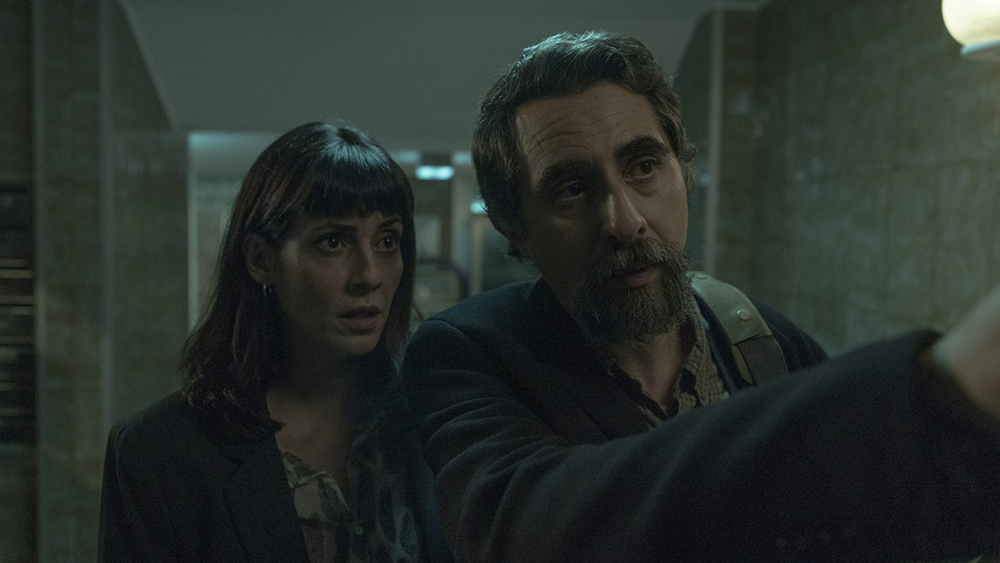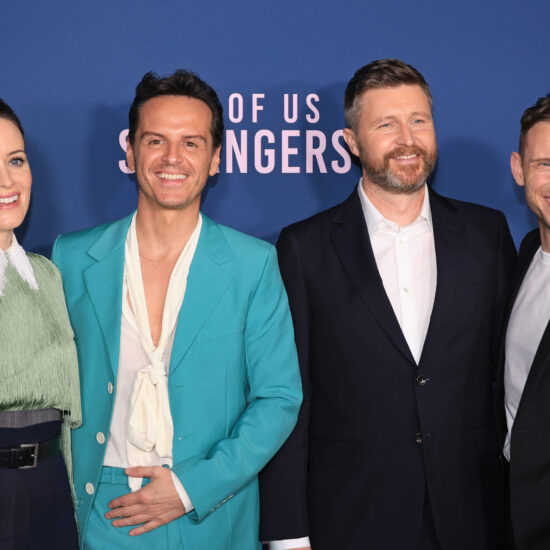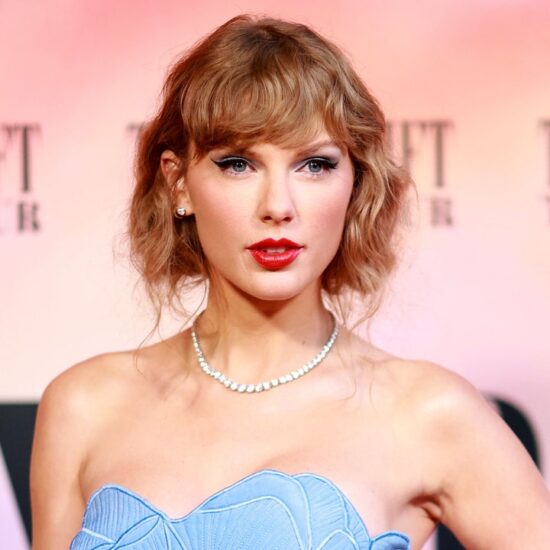
“Modestly speaking, we’ve tried to create a culture at Movistar Plus+ which attracts talent. We have a lot of respect for what creators want to tell and believe in them,” Domingo Corral, Movistar Plus+ director of fiction and entertainment, has said.
One case in point is Berto Romero, whose latest series, “The Other Side” (“El otro lado”), world premieres at Spain’s San Sebastian Festival on Sunday.
Romero broke out with star turns on Andreu Buenafuente’s “Buenafuente” and “Leit Motiv,” two late-night mainstays on Movistar Plus+ produced by El Terrat, owned by The Mediapro Studio from 2019. Over 2018-19, his first fiction series, the Terrat-produced “Look What You’ve Done,” a fresh comedic take on the tribulations of parenting, ran for three seasons on Movistar Plus+. Now “The Other Side” weighs in as a step-up in ambition for Romero.
The comedy remains. In early scenes, Nacho Nieto (Romero), once a young rising star on Spain’s premier paranormal TV show, fronted by his late mentor Dr. Estrada (Andreu Buenafuente), has hit rock-bottom. Lying in his bath, in his forlorn flat’s bathroom, bedecked by dingy ‘60s-style beige tiles which have also seen better days, he attempts suicide. He gets the post-mortem positions right, sprawling in the bathtub “The Death of Marat” style. But he can’t even bear to take his razor to his wrist.
Later, Nacho, now reduced to homemade webcasts, attempts to interview an alleged star of Spain’s paranormal, in fact a fellow journalist working on the now hot occult TV show, Nueva Era, run by the unscrupulous but celeb Gorka Romero (a great performance by film director Nacho Vigalondo), now a rockstar. But the sound keeps on banking and the journalist has to dash to appear on Nueva Era.
All of which audiences might expect from Romero, but not the scene that comes in between: A mother and adolescent son cowering in their high-rise flat bedroom at exactly 11 p.m. as what looks like a shockingly brutal and hostile poltergeist overturns furniture and switches on the TV to play scenes from slasher gore fare.
Nacho is alerted to the attacks, which could well be the biggest paranormal case in modern-day Spain. Accompanied by the spirit of Dr. Estrada (Buenafuente, showing his acting chops), he visits the flat and begins to unravel its often terrifying mystery.
“Berto Romero turns to horror. The phenomenon nobody expected,” “The Other Side’s” logline runs. The real surprise, however, is that the series is a such a bingeable thriller, a “who’s doing it” where spectators want to know the identity of the poltergeist and whether Nacho gets out of the case alive….
Variety talked to Romero in the run-up to the San Sebastian Festival.
You’re a stand-up comic who, bucking expectation, has created a comedic horror-thriller. It’s maybe the thriller element which is most surprising…..
I’m a stand-up comic, TV, radio. But I’m more interested in hybrid genre than pure comedy. We’ve have such a slew of series on offer that as spectators we’ve learnt basic narrative structures. As a spectator I still want to be surprised. In the case of “The Other Side,” it comes from its genre mix. The thriller element wasn’t in the original horror-comedy idea. When writing, we realized you can’t makes audiences laugh a lot, then scare them, or do something really scary if you spark a lot of laughter. The thriller format solves all that: You’re constantly hooked.
The Other Side
Credit: Lander Larranaga
“The Other Side” is also a social-issue series, talking about TV’s ethical responsibilities, with Nacho still haunted by a case where Gorka encouraged him to lie to audiences about a girl miracle healer….
The paranormal isn’t my world. But its setting in “The Other Side,” the media world, is. I believe in the maxim of writing about what you know, because you can have something to say. Deep down, the media is the backbone for the entire story. We didn’t mean to introduce any social commentary. It just crept in. But it’s a crucial issue right now: Truth, false truth, is a core issue in mystery shows.
What kind of creative freedom did Movistar Plus+ give you?
A large one. The defining characteristic of Movistar Plus+’s management team is that it likes to take risks, making series that haven’t been made before. For me, “The Other Side” is a lot of risk: A change in my usual persona, in tone, and in bringing in my usual comedy partner, Andreu, to play a fictional character. But if you propose to Movistar Plus+ something that’s new, disruptive, that’s a road they’re always ready to go down.
In its direction – Nacho’s cluttered flat, for instance, with its psst times bric-à-brac forefront in frames – and its story of a loser desperately trying to get a break, “The Other Side” harks back to Spain’s great comedic tradition of Berlanga-Azcona, Fernando Fernán Gomez and Marco Ferreri. Could you comment?
I don’t have a vast film culture, but I think that in the ‘80s, ‘90s, my generation tried to make U.S.-style comedies and thrillers. But we’re not like that. We’re more chaotic. I want to connect with the Spanish character, first and foremost. Elements, things that are unmistakably Spanish, such as food. Nacho and other paranormal investigators are onto a really big case. But they still have to go out a grab a bocadillo snack and talk about the most mundane and prosaic things. That’s very Spanish, very Mediterranean, the complete opposite of the solemnity [of much U.S fiction.].
U.S. fiction drinks deep on a capitalist model based on control. Spain’s, Latin America’s sense the world is far less controllable, which the pandemic brought home to many people….
It’s something we have deep within us. Chaos is there the second you open the door: It can appear at any moment.
One Movistar Plus+ fiction hallmark is its localization of series and movies in specific milieu in Spain, which are often a discovery for audiences. ”The Other Side” has this sense of specific setting….
In our case, it was a reaction to the world we had shown in “Look What You’ve Done,” which took place in a cosmopolitan Barcelona, which wanted to look like Berlin or New York, populated by the children of the rich. The title “The Other Side” functions on a lot of levels. It’s set on Barcelona’s outer-radius, in a humble neighborhood. We shot, for example, in Hospitalet, setting the flat in a high-rise. Cities are ever more similar. Locating a series in a specific place with specific people is beginning to give a sense of freshness to shows which can still talk about universal truths and stories. We all have the same concerns.

The Other Side
Credit: Lander Larranaga














